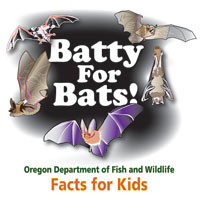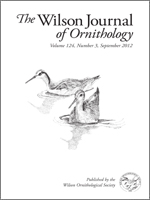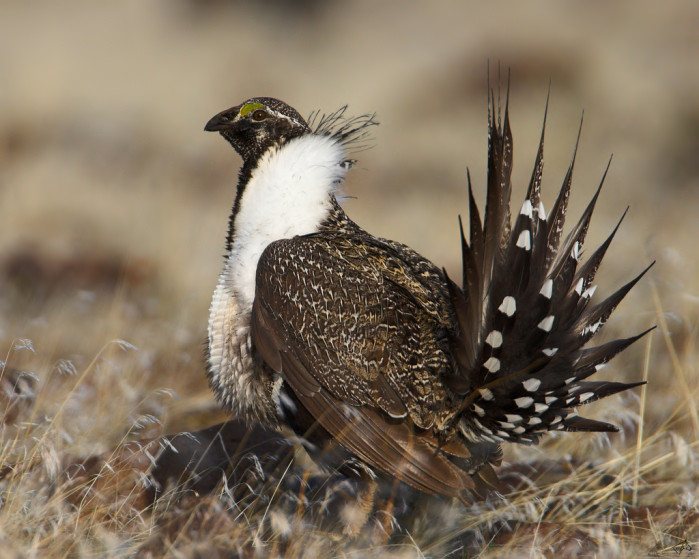Maine surveys river otters.
Category Archives: Uncategorized
Owls and Bats for Halloween
 In the spirit of the season, here’s a Mountain West Voices profile of the Montana-based Owl Research Institute, an independent research institute. It briefly mentions a saw-whet owl study the institute is conducting.
In the spirit of the season, here’s a Mountain West Voices profile of the Montana-based Owl Research Institute, an independent research institute. It briefly mentions a saw-whet owl study the institute is conducting.
It’s a podcast, and about five minutes long. Find the Mountain West Voices piece here.
For bats, there is a press release from the Oregon Department of Fish and Wildlife pointing out that while bats are a symbol of Halloween, bats in Oregon (and in the northeastern US too) are either hibernating or migrating to warmer places to spend the winter. It includes lots of Oregon bat facts and links to further information.
From Bat Conservation International, here’s a link to an article on bat folklore. The article is 20 years old, but the folklore hasn’t changed. (And I just have to mention that the “ball game” mentioned in the Cherokee myth is lacrosse, or something very similar to it.)
New EHD Occurrences Slow
Cooler temperatures mean fewer flying bugs. Outbreaks of Epizootic Hemorrhagic Disease (EHD) typically start to fade this time of year in places that are experiencing their first frosts of the season. That decline is also reflected in the number of states reporting EHD for the first time this year. There are just two: Wyoming and Florida.
The Billings Gazette is calling the EHD outbreak in Wyoming the worst deer die-off in decades. Read the story here.
In Florida, there are just two confirmed and 10 suspected cases of the disease. A Florida Fish and Wildlife Conservation Commission (FWC) press release quotes Mark Cunningham, FWC wildlife veterinarian, as saying the outbreak won’t harm the overall deer population. Read the release, here.
New EHD Occurrences Slow
Cooler temperatures mean fewer flying bugs. Outbreaks of Epizootic Hemorrhagic Disease (EHD) typically start to fade this time of year in places that are experiencing their first frosts of the season. That decline is also reflected in the number of states reporting EHD for the first time this year. There are just two: Wyoming and Florida.
The Billings Gazette is calling the EHD outbreak in Wyoming the worst deer die-off in decades. Read the story here.
In Florida, there are just two confirmed and 10 suspected cases of the disease. A Florida Fish and Wildlife Conservation Commission (FWC) press release quotes Mark Cunningham, FWC wildlife veterinarian, as saying the outbreak won’t harm the overall deer population. Read the release, here.
EHD Round-up for Sept. 3
It’s busy season for epizootic hemorrhagic disease (EHD), a disease of deer that is spread by midges (a type of small, biting insect). The most recent report is from West Virginia, where wildlife biologist Jeff McCrady of the Division of Natural Resources told the Parkersburg News and Sentinel that recent deer deaths there appear to be due to an outbreak.
Other states reporting EHD since our last report, about two weeks ago:
Delaware
Ohio
Illinois
Pennsylvania
North Carolina
Happy Labor Day.
For the Birds: Reading Wilson
 Here are some articles of interest in the current issue of The Wilson Journal of Ornithology (fee or subscription required):
Here are some articles of interest in the current issue of The Wilson Journal of Ornithology (fee or subscription required):
Capsaicin as a Deterrent Against Introduced Mammalian Nest Predators
Hot pepper will keep non-native rats away from bird eggs in nests, says this study from New Zealand.
Variation in the Diet of Western Barn Owls (Tyto alba) Along an Urban-Rural Gradient
Barn owl populations are most dense in the suburbs, this Argentinian study finds. In that periurban environment, barn owls find both native rodents found in rural areas and the non-native rodents found in cities. Barn owl pops are not declining in South America as they are here, but this paper may offer tidbits for local population-boosting efforts.
Eastern Screech-Owl Responses to Suburban Sprawl, Warmer Climate, and Additional Avian Food in Central Texas
The suburbs also have benefits for screech owls in Texas — earlier nesting and higher fledgling productivity.
Simultaneous Multiple Nests of Calliope Hummingbird and Rufous Hummingbird Two different species of hummingbirds in Montana were observed laying eggs in a second nest while still feeding young in the first nest of the season.
For the Birds: Reading Wilson
 Here are some articles of interest in the current issue of The Wilson Journal of Ornithology (fee or subscription required):
Here are some articles of interest in the current issue of The Wilson Journal of Ornithology (fee or subscription required):
Capsaicin as a Deterrent Against Introduced Mammalian Nest Predators
Hot pepper will keep non-native rats away from bird eggs in nests, says this study from New Zealand.
Variation in the Diet of Western Barn Owls (Tyto alba) Along an Urban-Rural Gradient
Barn owl populations are most dense in the suburbs, this Argentinian study finds. In that periurban environment, barn owls find both native rodents found in rural areas and the non-native rodents found in cities. Barn owl pops are not declining in South America as they are here, but this paper may offer tidbits for local population-boosting efforts.
Eastern Screech-Owl Responses to Suburban Sprawl, Warmer Climate, and Additional Avian Food in Central Texas
The suburbs also have benefits for screech owls in Texas — earlier nesting and higher fledgling productivity.
Simultaneous Multiple Nests of Calliope Hummingbird and Rufous Hummingbird Two different species of hummingbirds in Montana were observed laying eggs in a second nest while still feeding young in the first nest of the season.
Sage Grouse Faces Off With Energy in the West
 Western states are trying to keep the sage grouse off the endangered species list. Energy companies are trying to build transmission lines and wind facilities. Increasingly, those two goals are in conflict.
Western states are trying to keep the sage grouse off the endangered species list. Energy companies are trying to build transmission lines and wind facilities. Increasingly, those two goals are in conflict.
The Twins Falls Times-News takes a close look at the situation in southern Idaho, including providing a cool map. The article concludes that so far, the sage grouse are coming out on top, with regulators keeping their promises to prevent development in core sage grouse areas. Applications for high voltage power lines have dropped.
Read more in the Twins Falls Times-News, here.
Photo: Sage grouse by Stephen Ting. Courtesy US Fish and Wildlife Service.
EHD Round-Up
It’s the season for epizootic hemorrhagic disease, and the states are reporting in. The disease has been found in deer in: (Click on the state name for more information on the local outbreak.)
Indiana
Iowa
Michigan
Kansas
Nebraska
It’s suspected in Arkansas, according to the Baxter Bulletin. And a mystery disease of deer in Oklahoma may be epizootic hemorrhagic disease, or blue-green algae poisoning, or something else. Read more about the situation in the Tulsa World, here.
Photo: Healthy deer, courtesy US Fish and Wildlife Service
Tracking the health of an endangered species is in the blood (panel).
